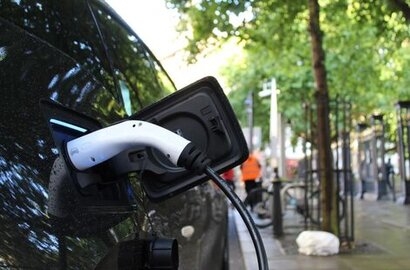
ARPA-E's EVs4ALL programme aims to significantly improve EV affordability, convenience, reliability, and safety. The project will accelerate this objective by enabling a 5-15-minute charge to 80 percent of cell capacity.
ION and UMD are working to achieve current density goals in ION's ceramic bilayer which comprises a dense separator layer and a porous layer which hosts a lithium metal anode. UMD will initiate the partnership and conduct a technology transfer to ION in the second year. This partnership will accelerate advancements in fast charging, solid state cells by integrating a mixed ionic-electronic conducting (MIEC) garnet material into ION's porous layer to enable higher current densities for fast charging at room temperatures with no applied pressure.
“This Department of Energy programme and ARPA-E funding is perfectly targeted to support the University of Maryland and ION Storage Systems to develop faster charging, more efficient battery technologies” said Ricky Hanna, CEO of ION Storage Systems. “If we are to meet critical electrification goals, the world needs a safe, more powerful battery. Our solid-state platform in combination with the project laid out for the EVs4ALL program delivers the path we need to meet those goals.”
The ceramic bilayer architecture will also enable higher energy density cells by integrating cobalt and nickel-free high voltage cathodes with advanced, nonflammable electrolytes during the project period. This design will increase the charge and discharge-rate capability, energy density and operative temperature of solid-state lithium batteries. Through the project approach, ION's solid-state cell will achieve fast-charge, cost, and sustainability requirements critical to electric vehicles.
For additional information:

